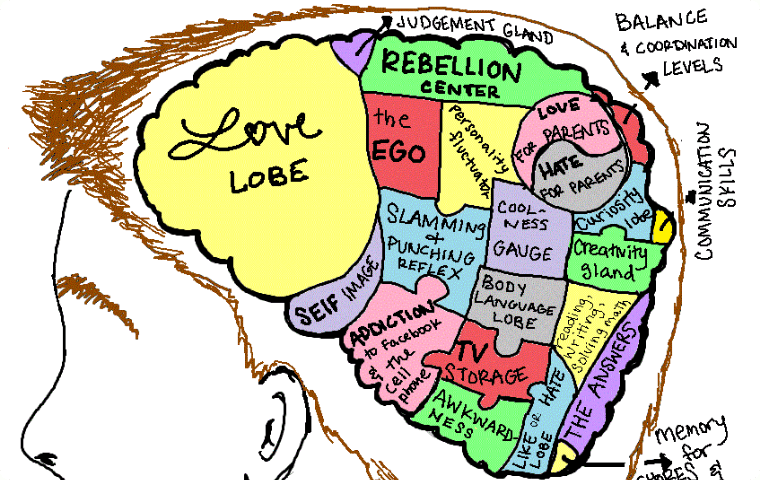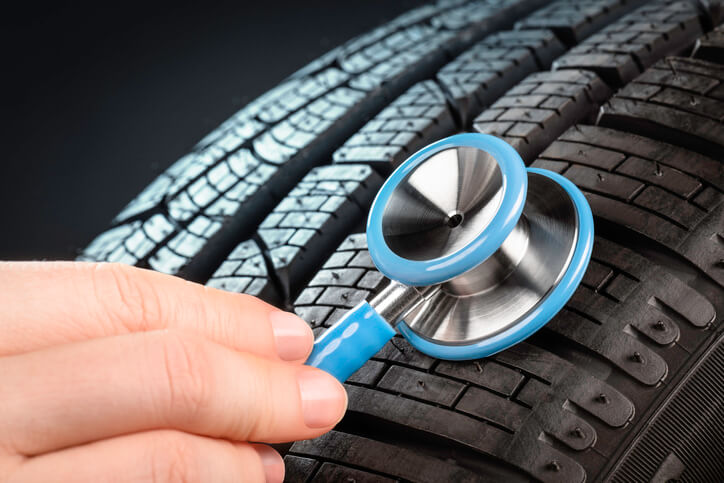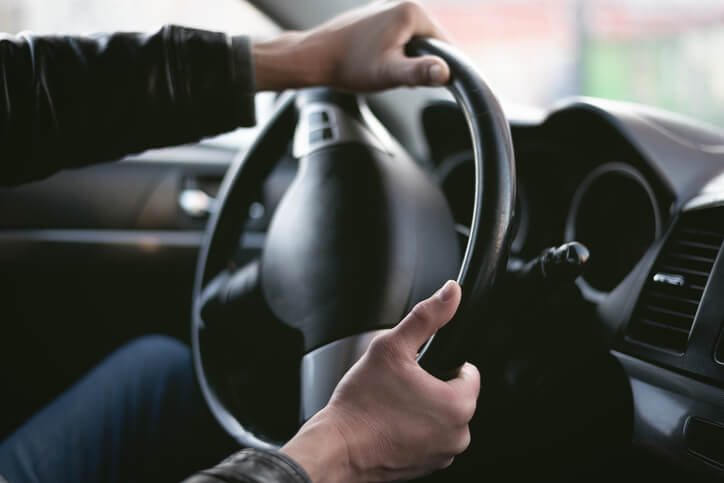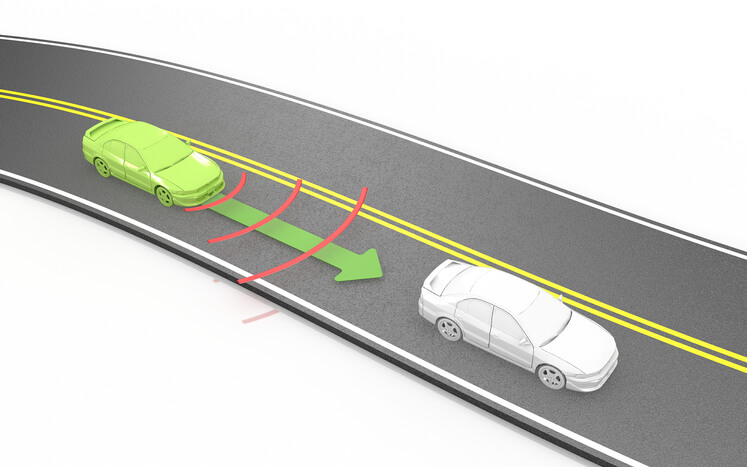New research by the University of Pennsylvania confirms an old suspicion – teenagers do not always make the safest driving decisions.
The Science of Safer Driving
Published in Injury Prevention, their study tracked the driving habits of 165 teenagers through a smartphone application. They were looking to collect data on their driving distance, braking, speeding, phone use, and driving time.
By examining the nearly 1.400 trips logged during the study, the Penn team identified some prominent trends. As any parent of a teen driver might suspect, phone distractions happened significantly more often than one would hope, about 25% of trips. On top of that, researchers detected phone use while driving in nearly 1 in 5 instances of teens going faster than 25 mph.
Unfortunately, phone distractions were not the most frequently occurring unsafe driving incidents. In addition to phone usage, researchers found teen drivers were speeding on nearly 42% of trips and braking excessively hard close to 36% of the time.
Frequent Findings
These findings are consistent with other studies conducted by the Israeli Institute of Technology, Civil and Environmental Engineering, the University of Iowa, and more. The co-director of the Penn Injury Science Center, Catherine McDonald, echoes their recommendations. “Behavioral variations in this sample highlight opportunities for targeted interventions on risky driving,” she concluded.
Factors such as inexperience and the lack of whole-brain development, particularly in areas of risk assessment, contribute to the fact that newly licensed drivers are more likely to get into a car crash within the first year of unsupervised driving than at any other point in their lives.
Given the likelihood of a crash within this window of time and the fact that traffic collisions, injuries, and deaths are at their highest levels in decades, it falls to every parent of a teenage driver to find safe driving intervention solutions that work for them and their families.
Power to the Parents
Every day new technologies, services, and options are being developed to help teen drivers and their parent mentors communicate about driving expectations and become safer drivers. By taking an active role in their child’s driving safety, parents can help ensure that their loved ones will make it home safe from every drive.
Liam Hoch researches and writes about safe driving for DriverZ.
Having been a passenger in multiple near-catastrophic vehicle collisions, Liam knows first-hand the dangers of distracted, reckless, and unsafe driving.
Passionate about our core principles of helping to make safer drivers and, ultimately, saving lives, Liam stays at the forefront of driving safety innovation and research.


















